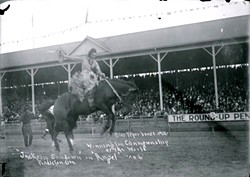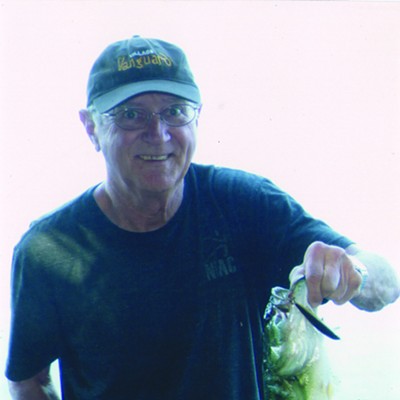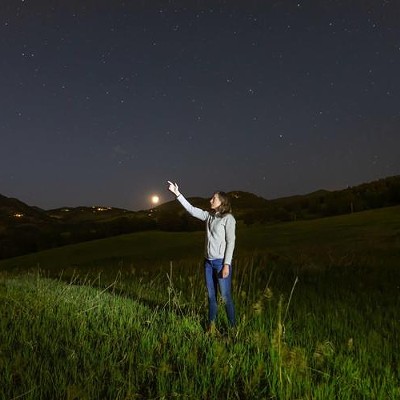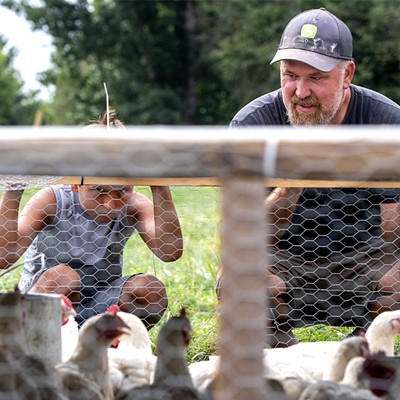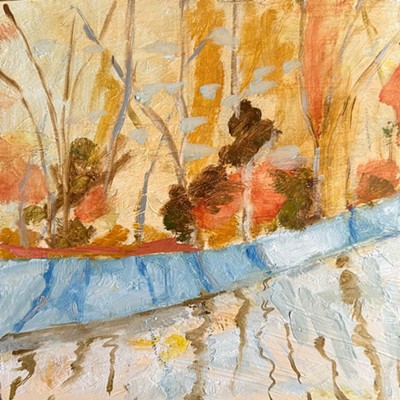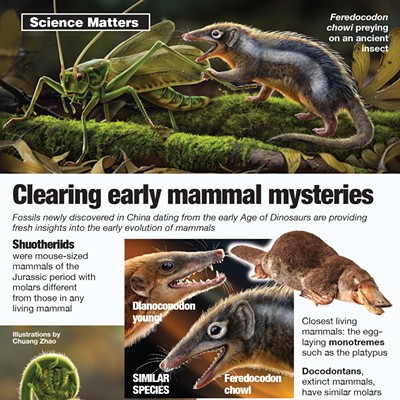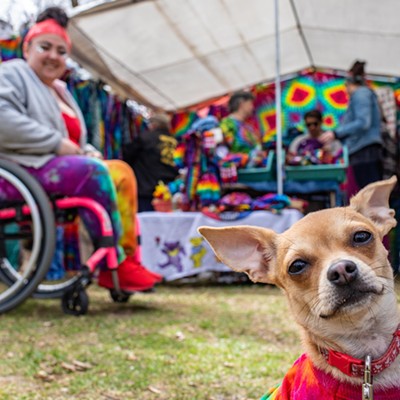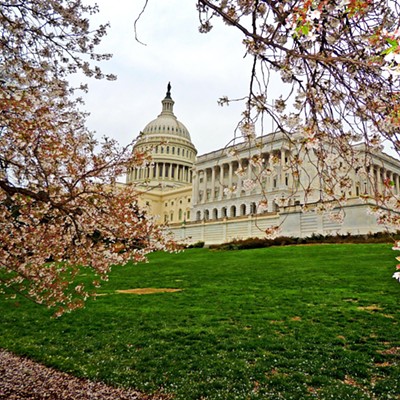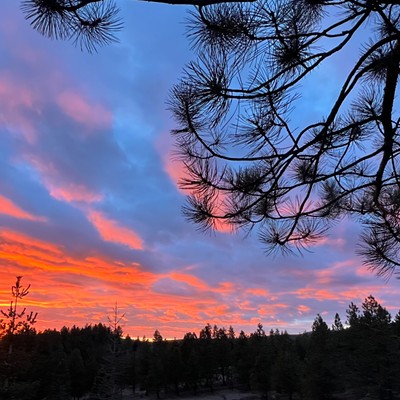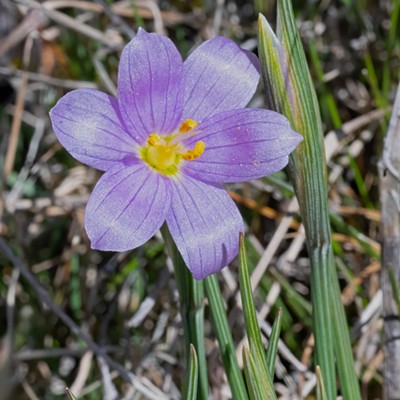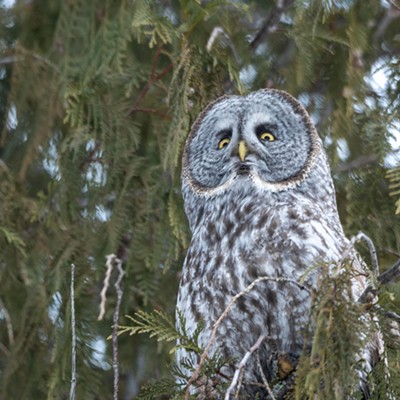The legend of Nez Perce rodeo rider Jackson Sundown will ride again in Pendleton, Ore., next week.
The Tamástslikt Cultural Institute will open the exhibit “Legend & Legacy: Jackson Sundown and Happy Canyon a Century Later,” Sept. 2. Admission is free on opening day.
This year marks the 100th anniversary of Sundown’s 1916 ride for which he won the world title in the saddle bronc championship at the Pendleton Round-Up.
Sundown, a member of the Wallowa band of Nez Perce, was 14 when he escaped the final battle of the Nez Perce
War on horseback. He fled to Canada and later moved to Culdesac where he was reputed to be able to ride any horse.
Known for wearing flamboyant colors and angora chaps during competitions he made crowds laugh by fanning tired horses with his hat. At the 1911 Pendleton Round-up, the saddle bronc championship came down to three people: Sundown, a white man named John Spain and a black man named George Fletcher. A local newspaper called the contest “a racial struggle with a member of the red, white and black races to fight for supremacy.” It ended in a fury of controversy. Sundown returned to compete again in 1915 and 1916, when he ultimately won.
The showdown inspired Ken Kesey’s final novel, “Last Go Round: A Real Western Paperback.” More recently, Sundown’s story was recounted in the book “Red White Black, a True Story of Race and Rodeo,” by Western writer Rick Steber of Prineville, Ore.
This year also marks the 100th anniversary of the Happy Canyon pageant, an annual evening show presented during the Pendleton Round-Up, according to a news release. The Round-Up’s first president, Roy Raley, wrote the script for the annual pageant that continues this year and portrays early American Indian culture and the arrival of emigrants to the area.
The exhibition, created and curated by staff, historians and collectors, includes artifacts, photos and written stories and is open through Oct. 29 at the museum, which is owned and operated by the Confederated Tribes of the Umatilla Indian Reservation. Hours are 10 a.m. to 5 p.m. Monday through Saturday.

